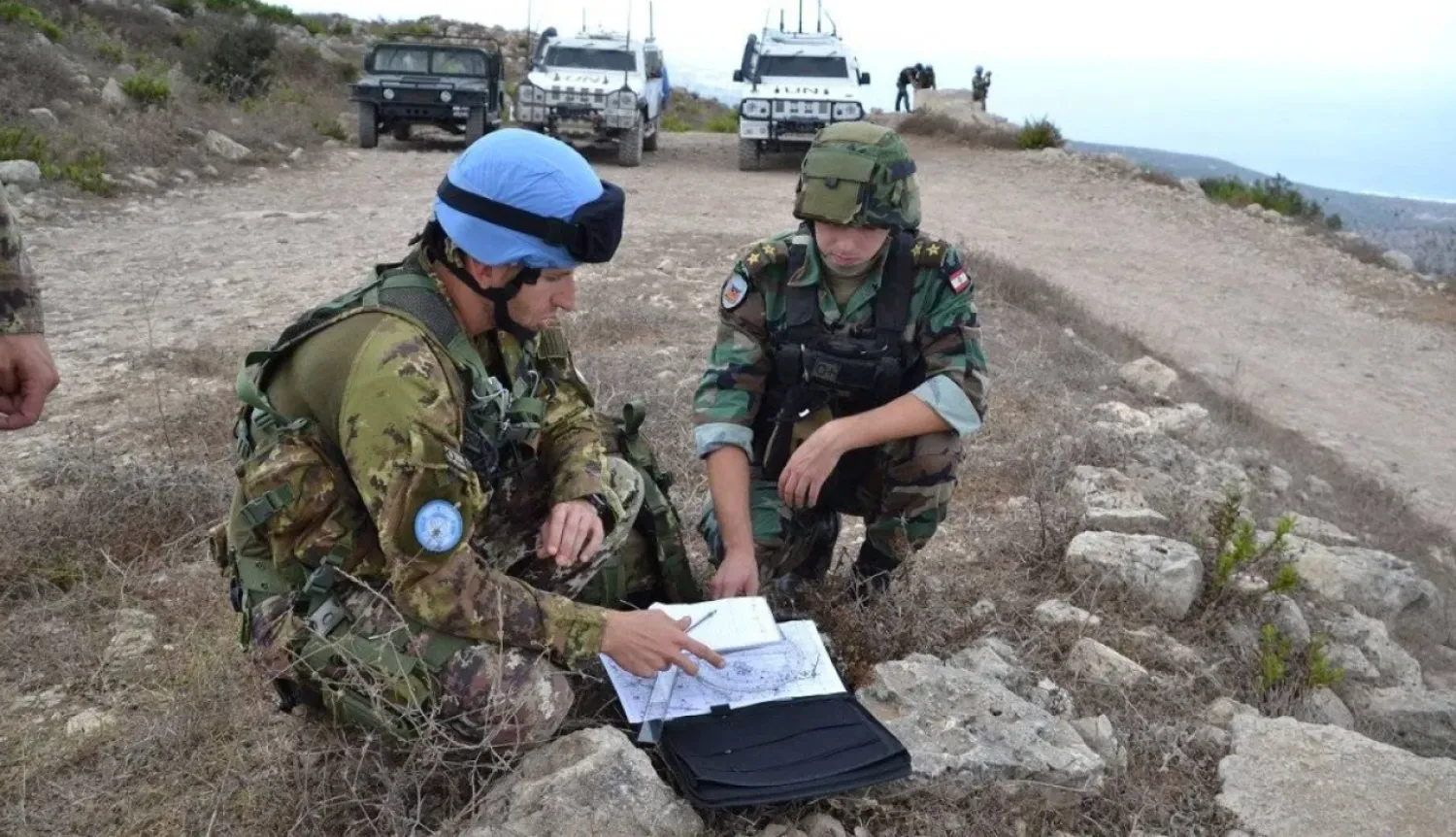The Iraqi Foreign Ministry condemned on Saturday Republican Senator Mike Waltz for submitting a bill that would designate Iraq's Supreme Judicial Council and its president, Faiq Zidan, as "Iranian-controlled assets."
Waltz, a member of the House Armed Services and Foreign Affairs Committees, said he was set to introduce an amendment to the foreign appropriations bill to make the designation.
The measure is expected to garner bipartisan support and make its way into the final legislation, reported the Washington Free Beacon.
The Foreign Ministry slammed Waltz’s move as "flagrant meddling in Iraqi affairs."
Acting parliament Speaker Mohsen al-Mandalawi said the amendment was a "dangerous precedent."
The proposal has already riled members of the pro-Iran Coordination Framework.
"If adopted, the measure will mark the first time that Congress, and therefore the Biden administration, is calling out by name the Iraqi leaders who are enabling Iran to overtake Baghdad's government and use Iraq to foment terrorism," reported the Washington Free Beacon.
"Congressional sources said they are counting on the measure to serve as a wake-up call to Iraq's government as the country morphs into an Iranian client state," it added.
"Zidan and his judicial council are the leading forces advancing Iran's interest in Iraq and helping Tehran's militia groups gain a foothold in the country. His court is behind a contested February 2022 ruling that required a two-thirds majority to select the president of Iraq," it reported.
"Through 'soft war' and the use (and misuse) of the legal system and courts, the coalition of [Iranian] militias has hit upon a winning combination that largely uses non-kinetic tools to build a trifecta of power that comprises the judiciary, civilian and military sides of the executive branch, as well as the legislature," the Washington Institute for Near East Policy (WINEP) think tank wrote in a 2023 analysis of the situation. Through this effort, Iran effectively created "regime change" in Iraq, said the Washington Free Beacon.
His 2022 ruling "shifted the goalposts for government formation, making it almost impossible to form a government without a super-majority, including the [Iranian] militias" and the Coordination Framework, according to WINEP. This decision marked "the turning on its head of democracy in Iraq and a return to the minority rule," it added.
This decision effectively prevented Iraq's anti-Iran elements, such as the Kurds, from forming a more US-friendly government, said the Washington Free Beacon.
Legal sources explained that the proposal, if approved, would bar various American authorities from working with Zidan and Iraq’s judiciary overall. The United States’ allies may also follow suit.
Izzat all-Shabandar, a politician close to the Coordination Framework, condemned Waltz’s proposal as flagrant meddling in Iraqi internal affairs.
Former member of the Iraqi High Commission for Human Rights Ali al-Bayati said the proposal would "isolate Iraq on the international stage the way late president Saddam Hussein’s policies did."
In a tweet on the X platform, he warned that the move "was very dangerous and demands rapid diplomatic efforts" to counter it. It demands more than just performative statements.
He warned that if the proposal is enacted, then practical steps would be taken to isolate Iraq on the international arena.
Former diplomat Ghazi al-Faisal said the American move aims to counter Iran’s hegemony over Iraq.
He told Asharq Al-Awsat that Washington views Iran’s agenda in Iraq as terrorist. It also views it as the world’s top state-sponsor of terrorism.
Congress’ move will complicate relations and create crises between Washington and Baghdad, he added









